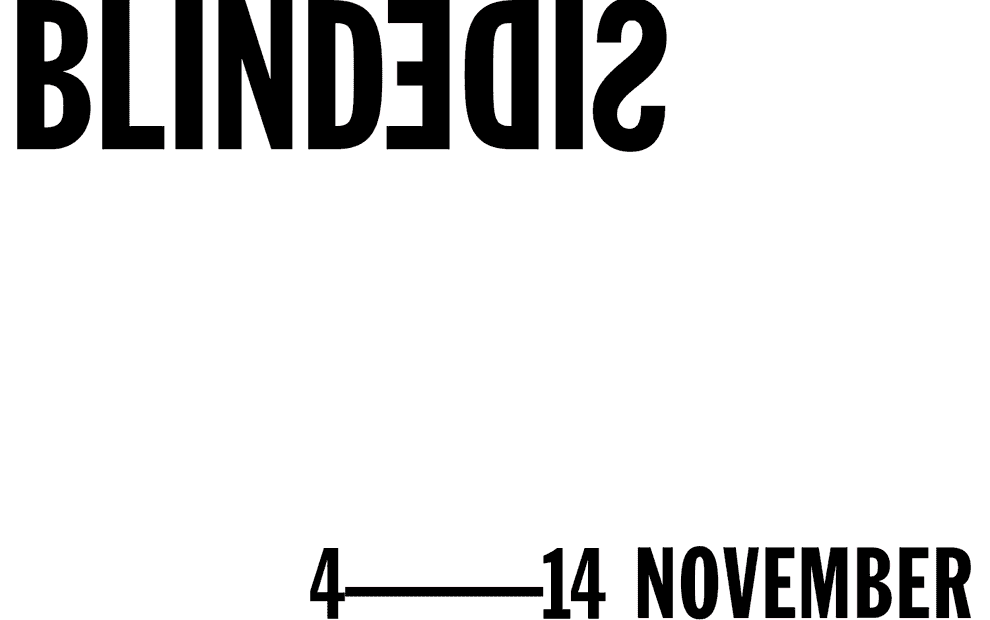

Person, woman, man, camera, TV
Brian Fuata, Bryan Foong, Alex Hobba, Rosie Isaac, Chunxiao Qu, Sarah Rodigari
8–25 Jun 2022
Person, woman, man, camera, TV brings together existing and commissioned works by six emerging and established artists to investigate the boundaries between “fact” and “fiction” in the so-called post-truth era of populist politics.
The phrase “Person, woman, man, camera, TV” was repeated several times on 22 July 2020 (and again in June 2021) by former US President Donald Trump during a Fox News interview with Marc Siegel. Trump boasted to Siegel about his success in a cognitive test designed to detect signs of dementia which required the recollection of five words in a particular order. The phrase went viral on social media. It was quickly transformed into memes, was parodied by comedians, and eventually turned into merchandise.
This exhibition is not about Donald Trump per se. Instead, it draws attention to the melting pot of disinformation, storytelling, autofiction, fake news, post-truth, and cognitive dissonance. Each of the artists included investigates, in varying ways, the politics of speaking, the representation of power, and the performative side of authoritarian identities. They ask us to think about how the boundaries blur between fiction and reality in our current social, political, and media landscapes.
Listen to the sound component of Sarah Rodigari's Composition for Eight Voices (Withdrawal) 2019, 21:30min.
Person, woman, man, camera, TV. presents a series of five performances across several gallery spaces by Brian Fuata.
Monday 6 June, Blindside, 3pm, with Tim Darbyshire
Thursday, 9 June, Blindside, 7pm
Saturday, 11 June, Blindside, 2pm
Thursday, 16 June, 4pm, satellite performance, Gertrude Contemporary, during install of Polyphonic Reverb.
Sunday, 19 June, 99% gallery, 4pm
All welcome.
This exhibition is held at Blindside and 99% gallery, both housed on Level 7 in the Nicholas Building.


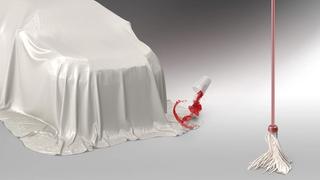

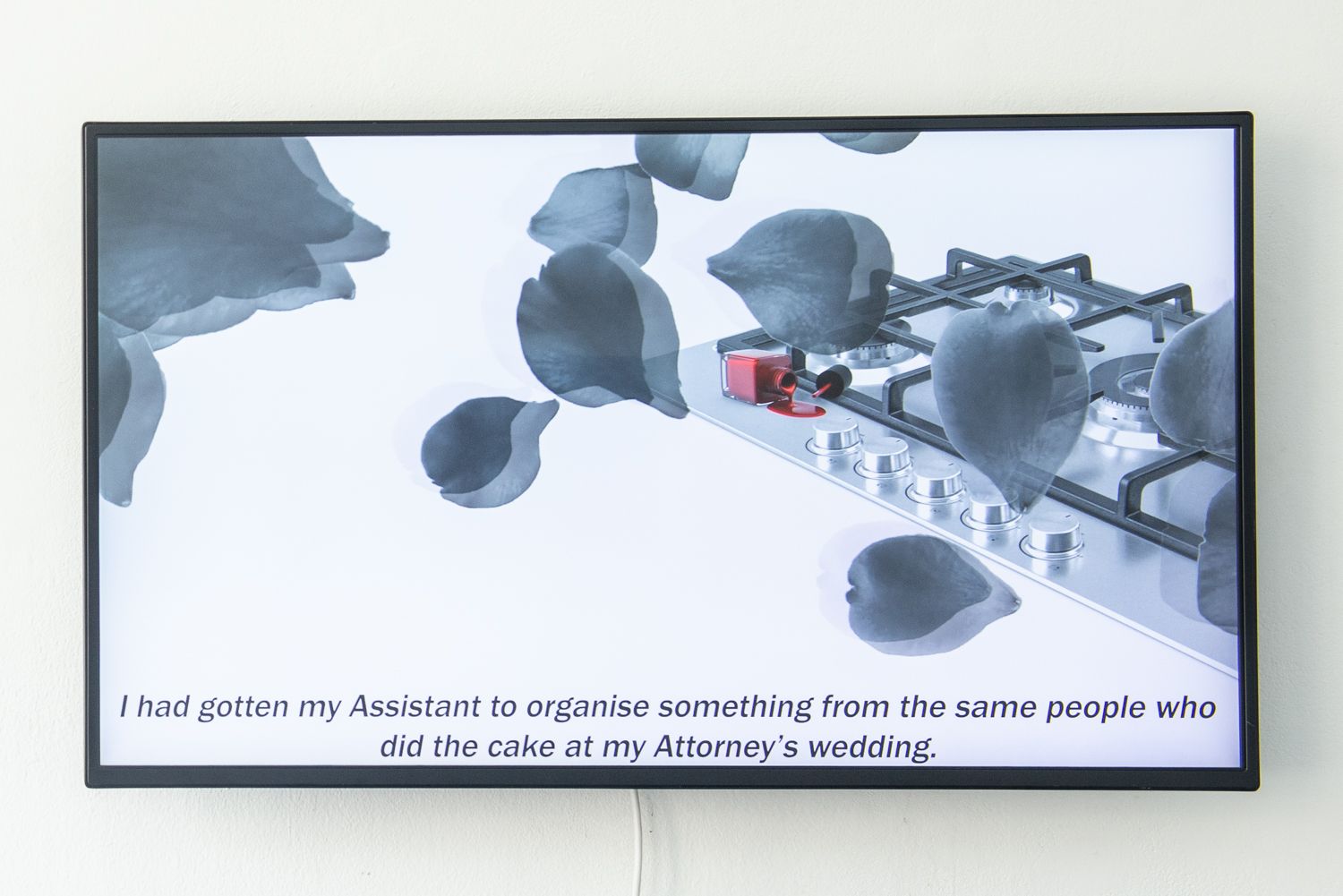

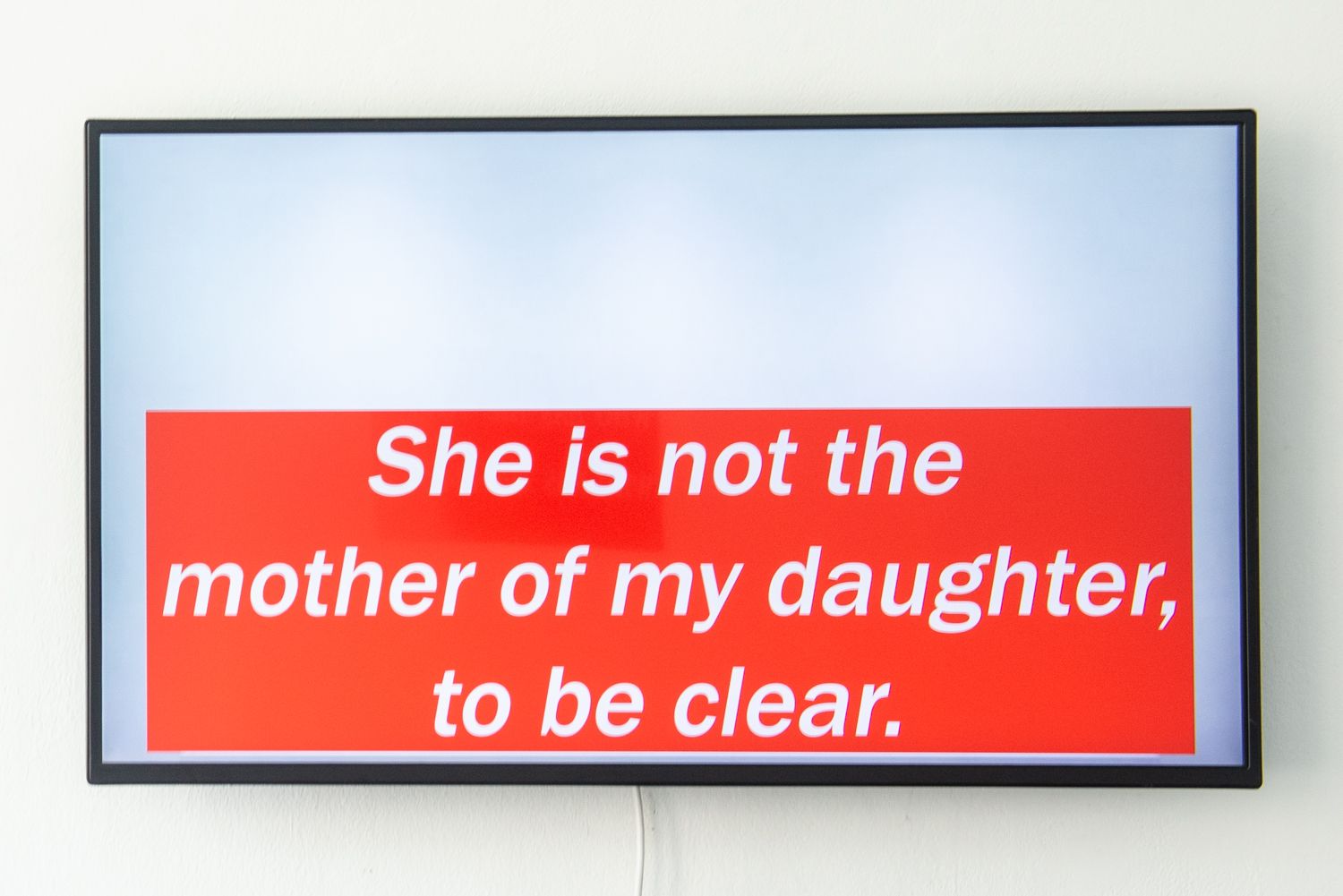

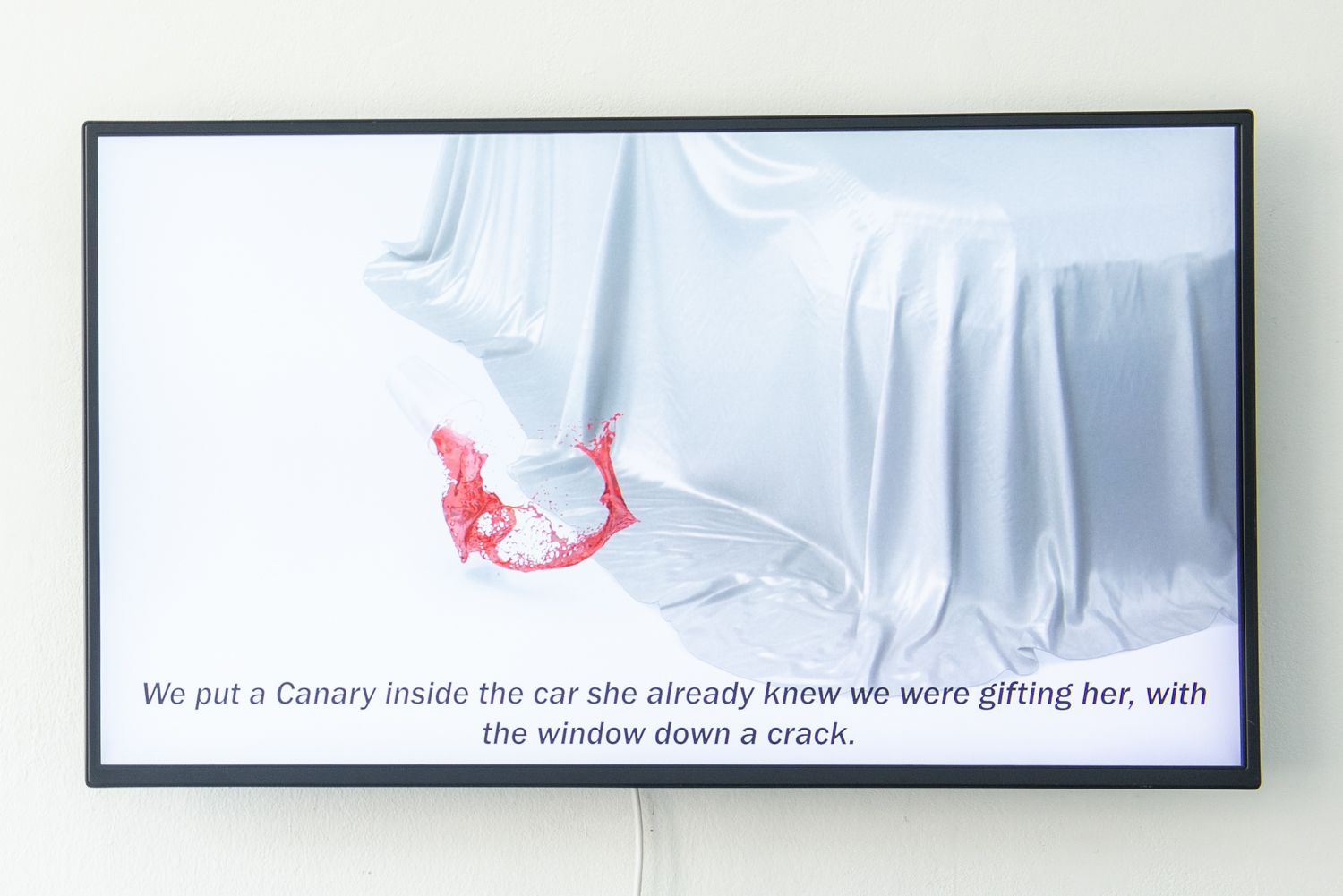



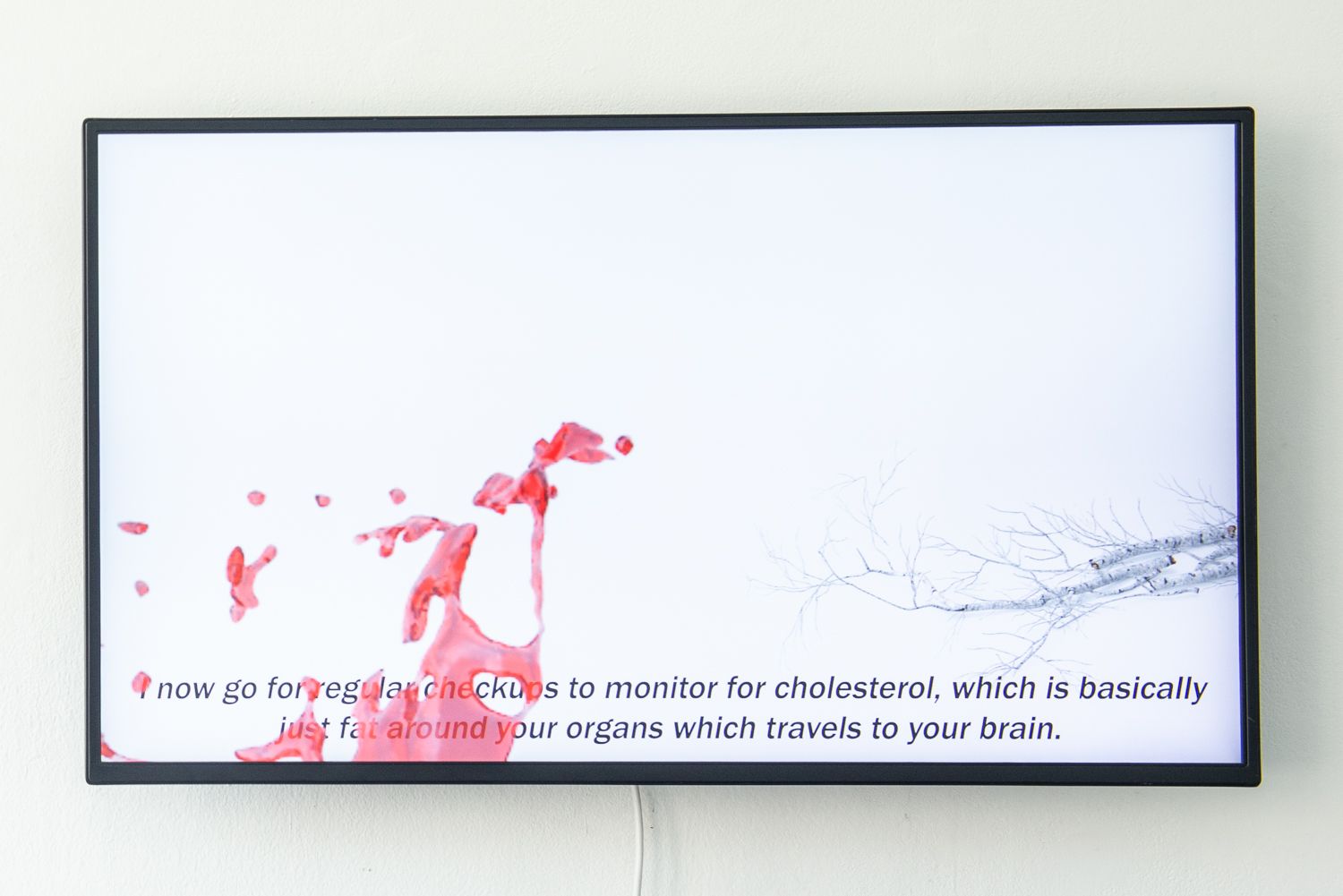

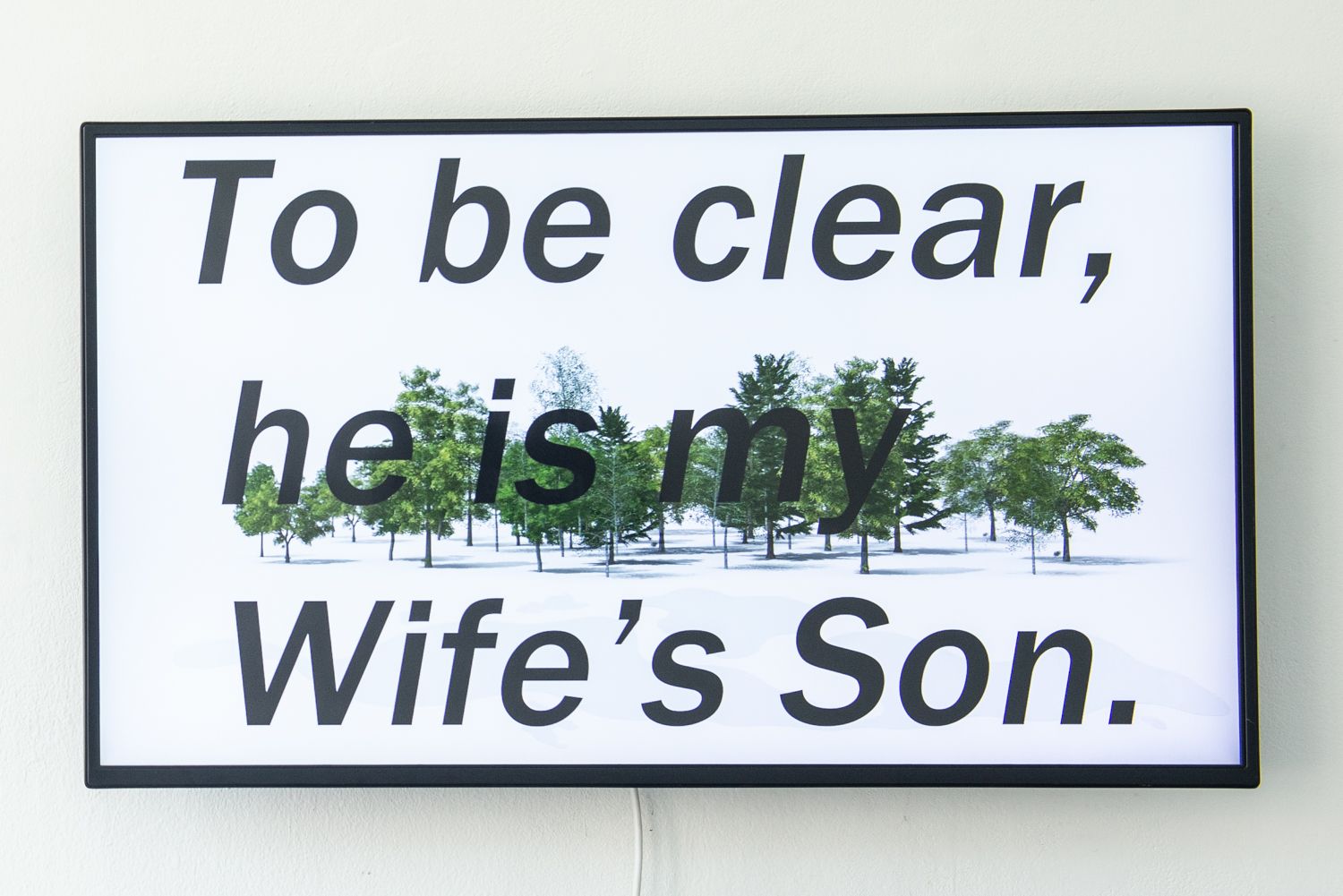

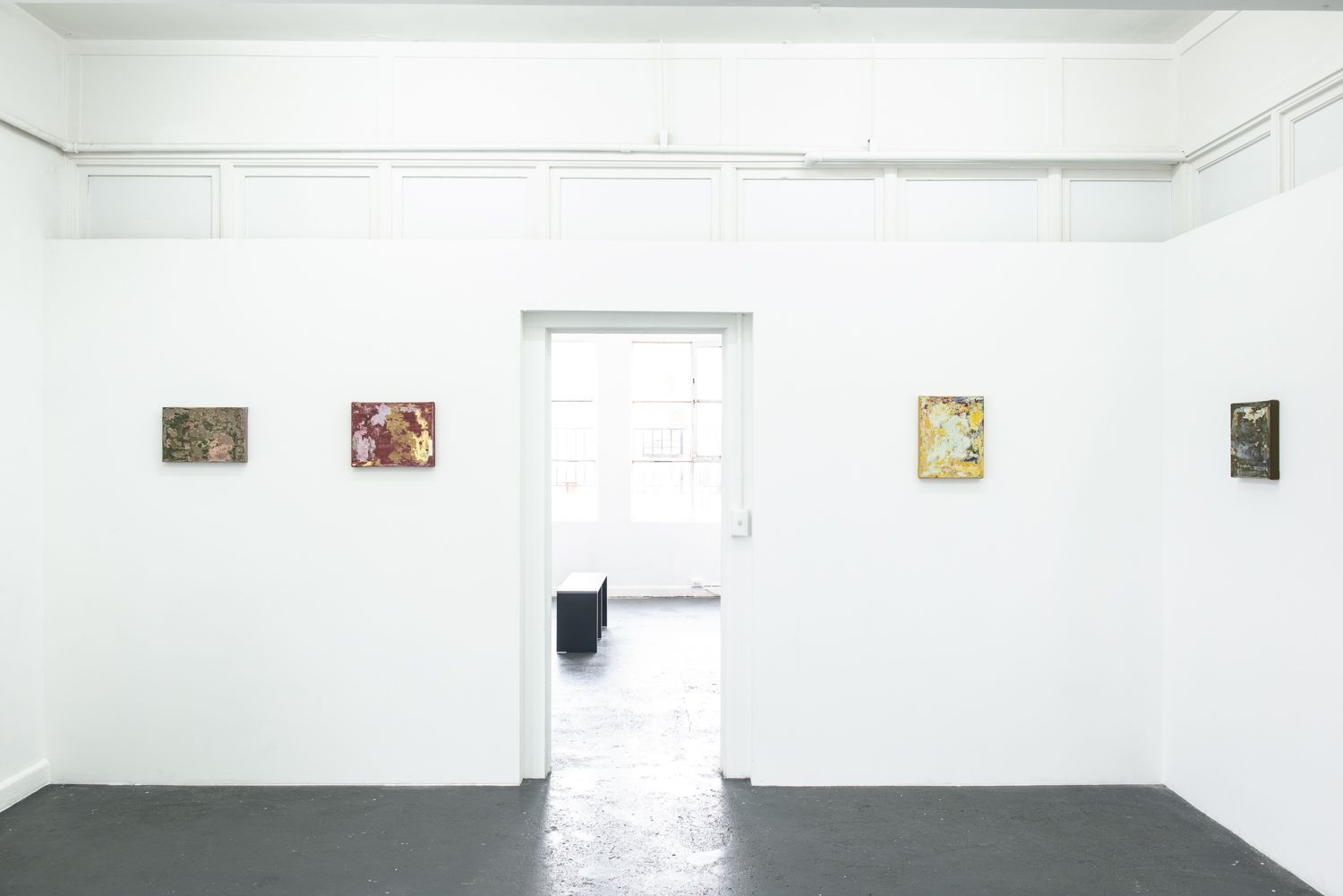



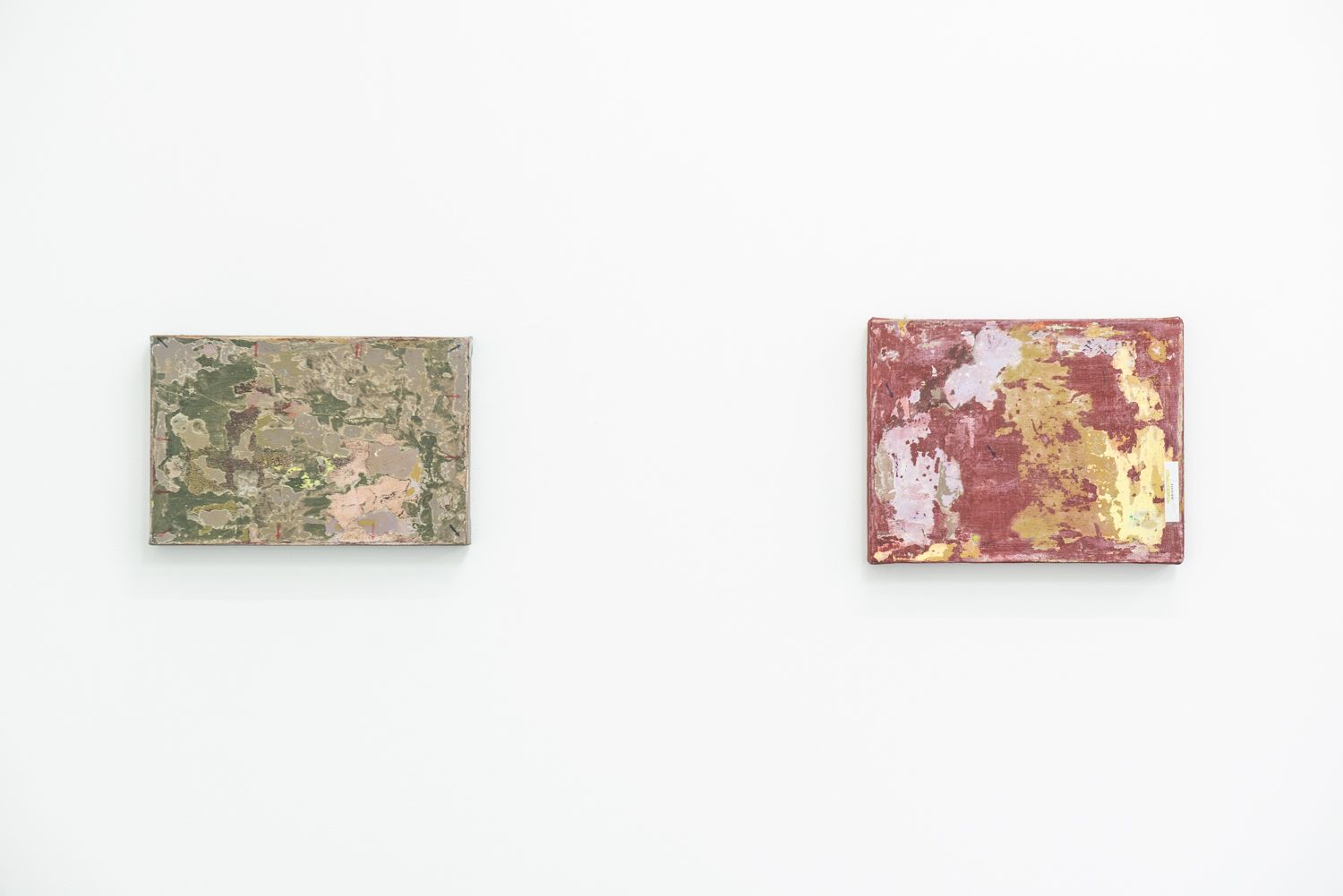

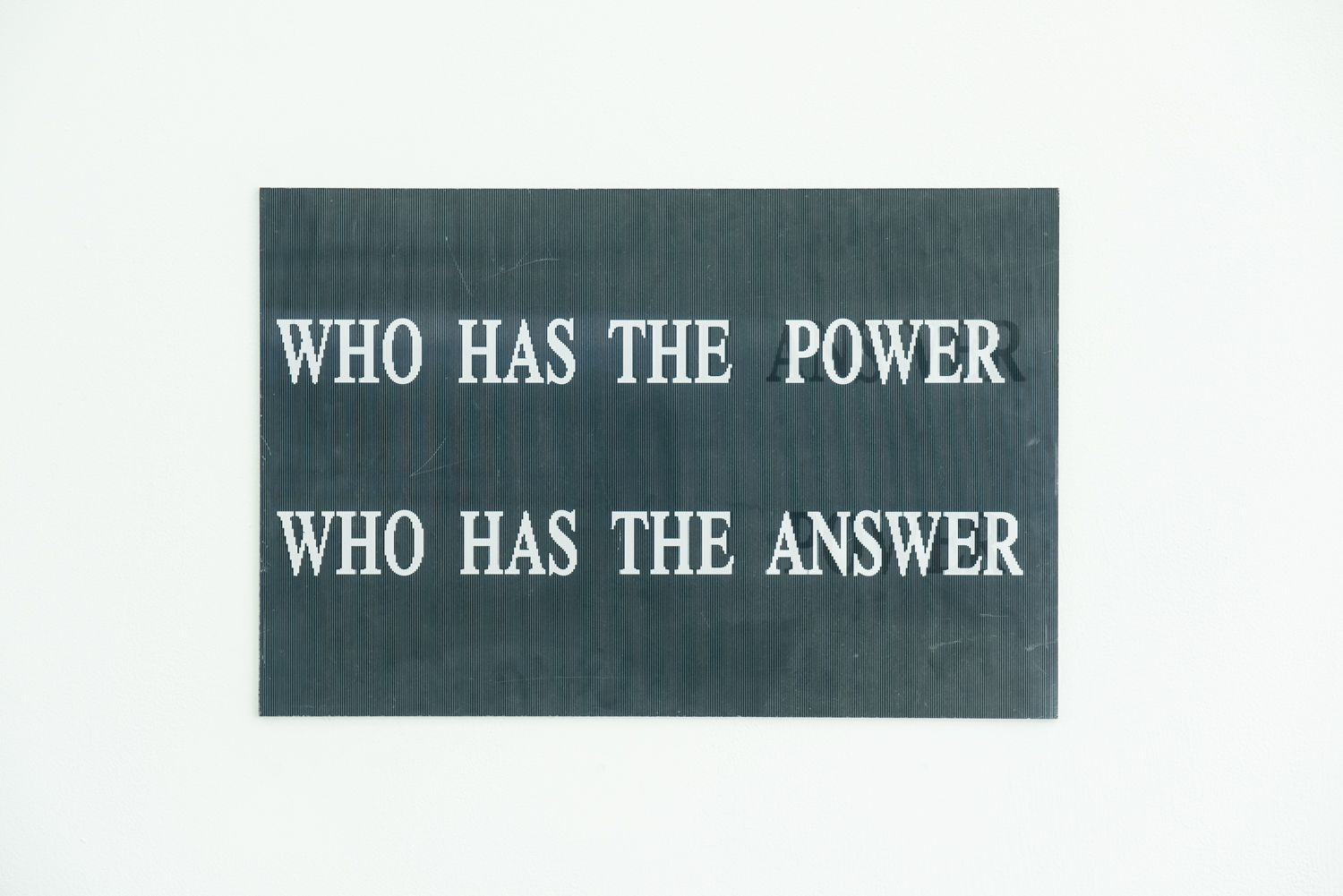

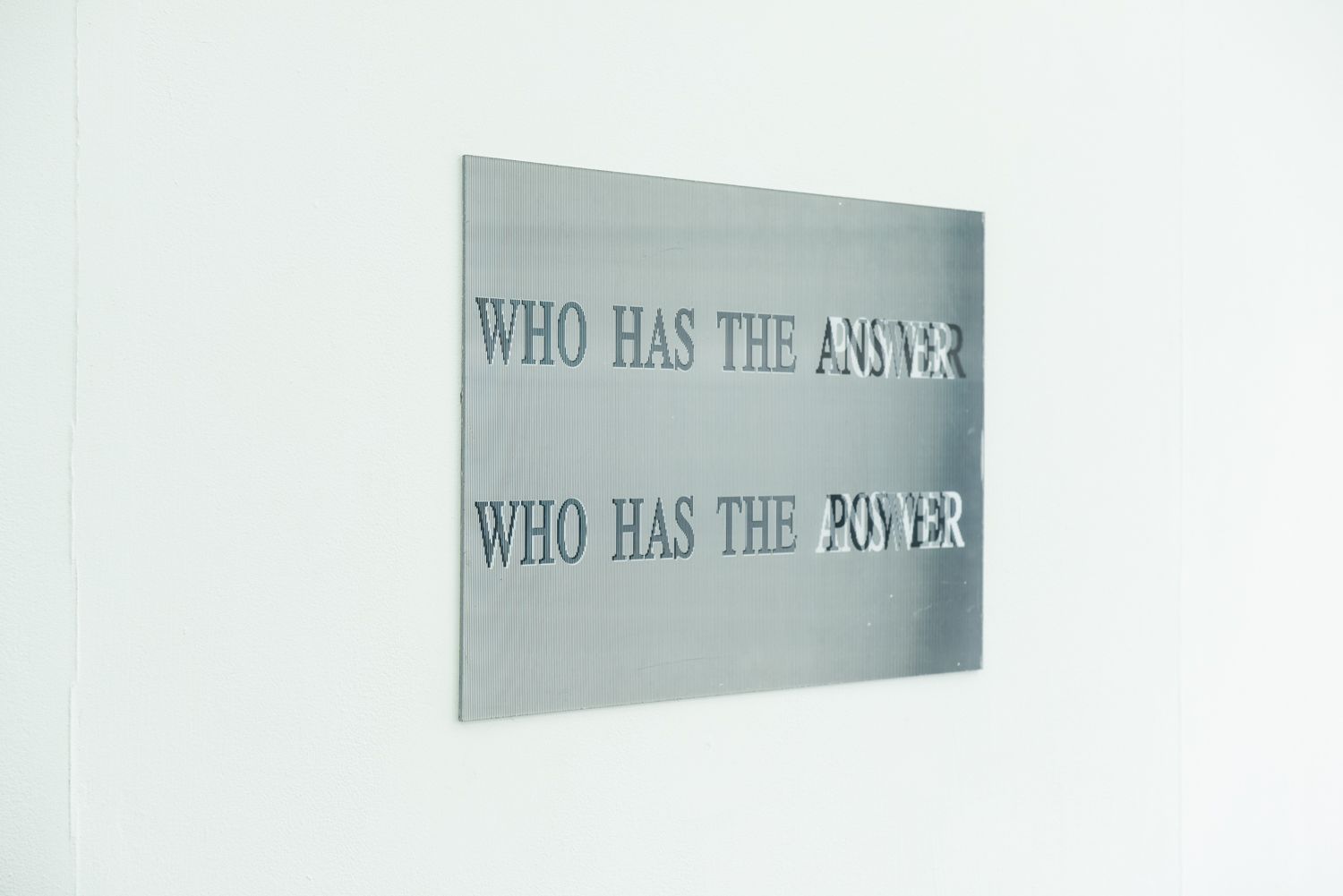

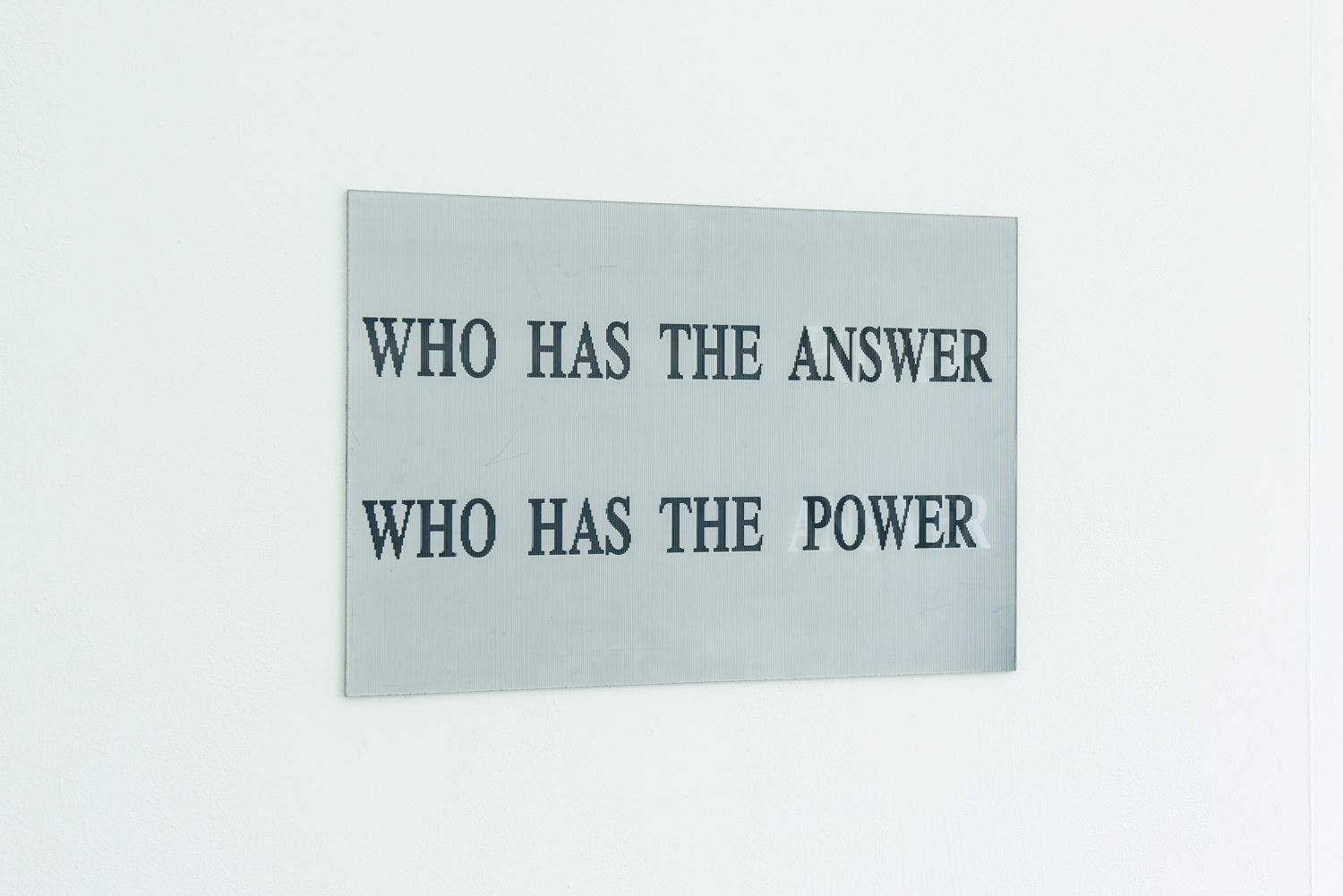





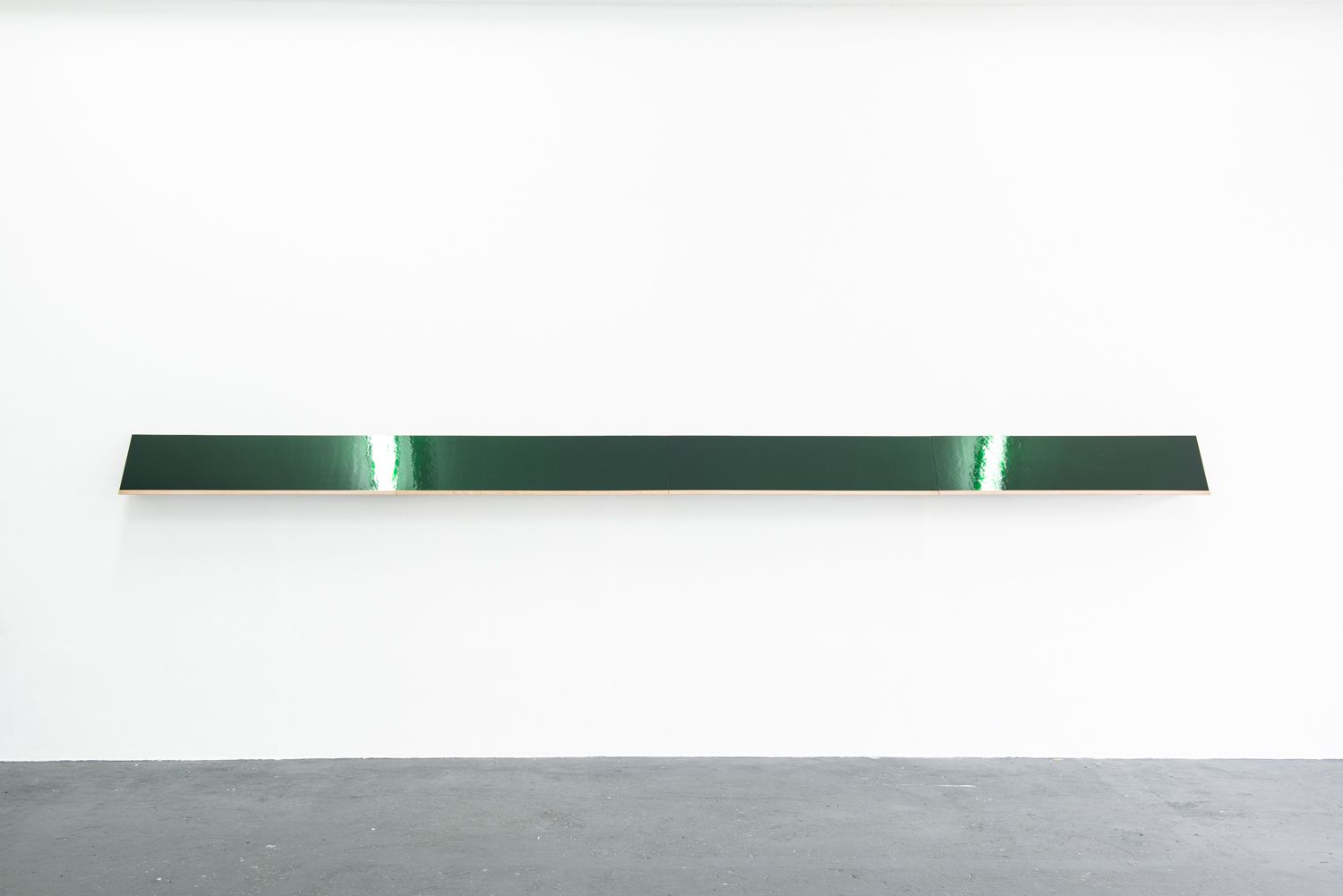

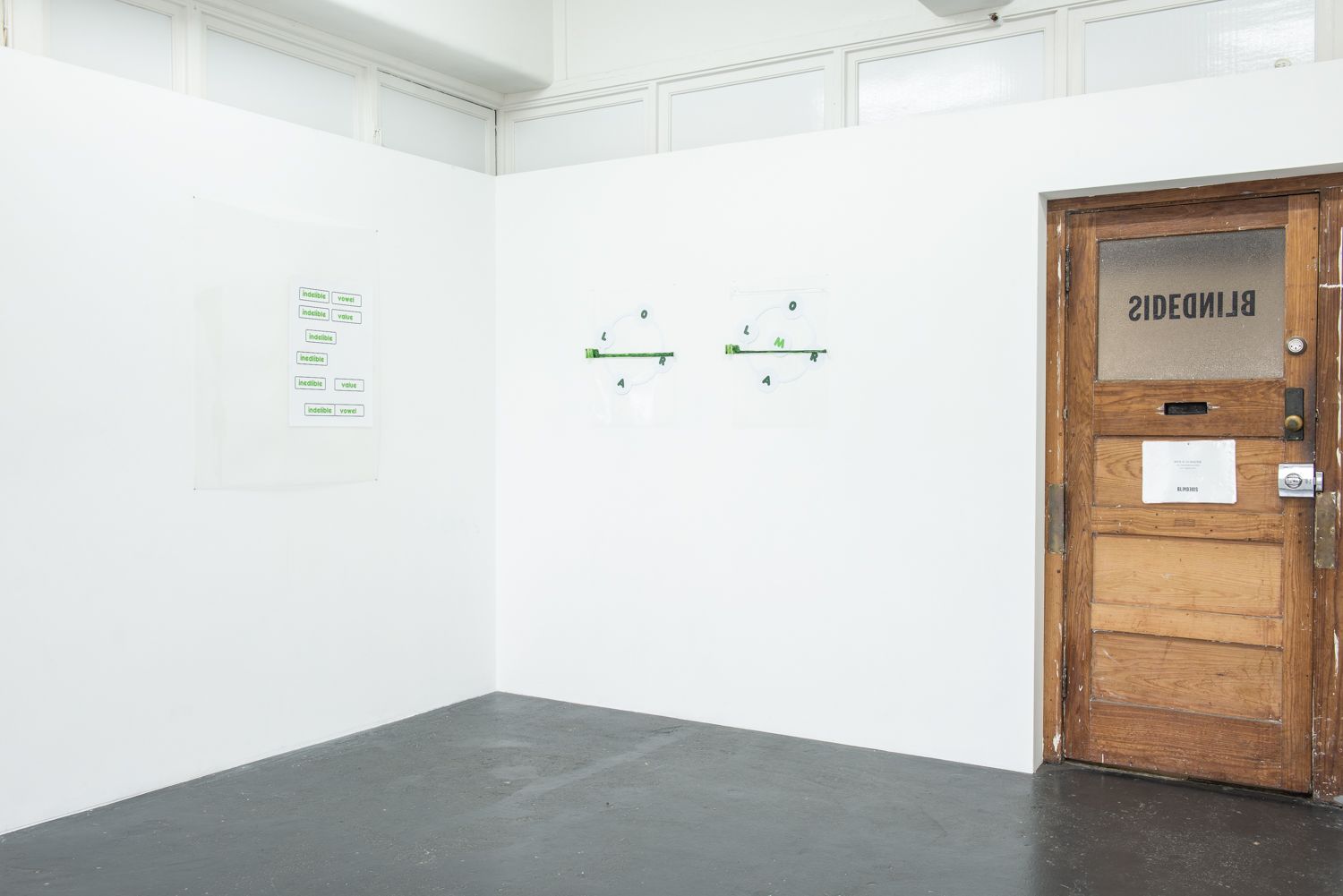



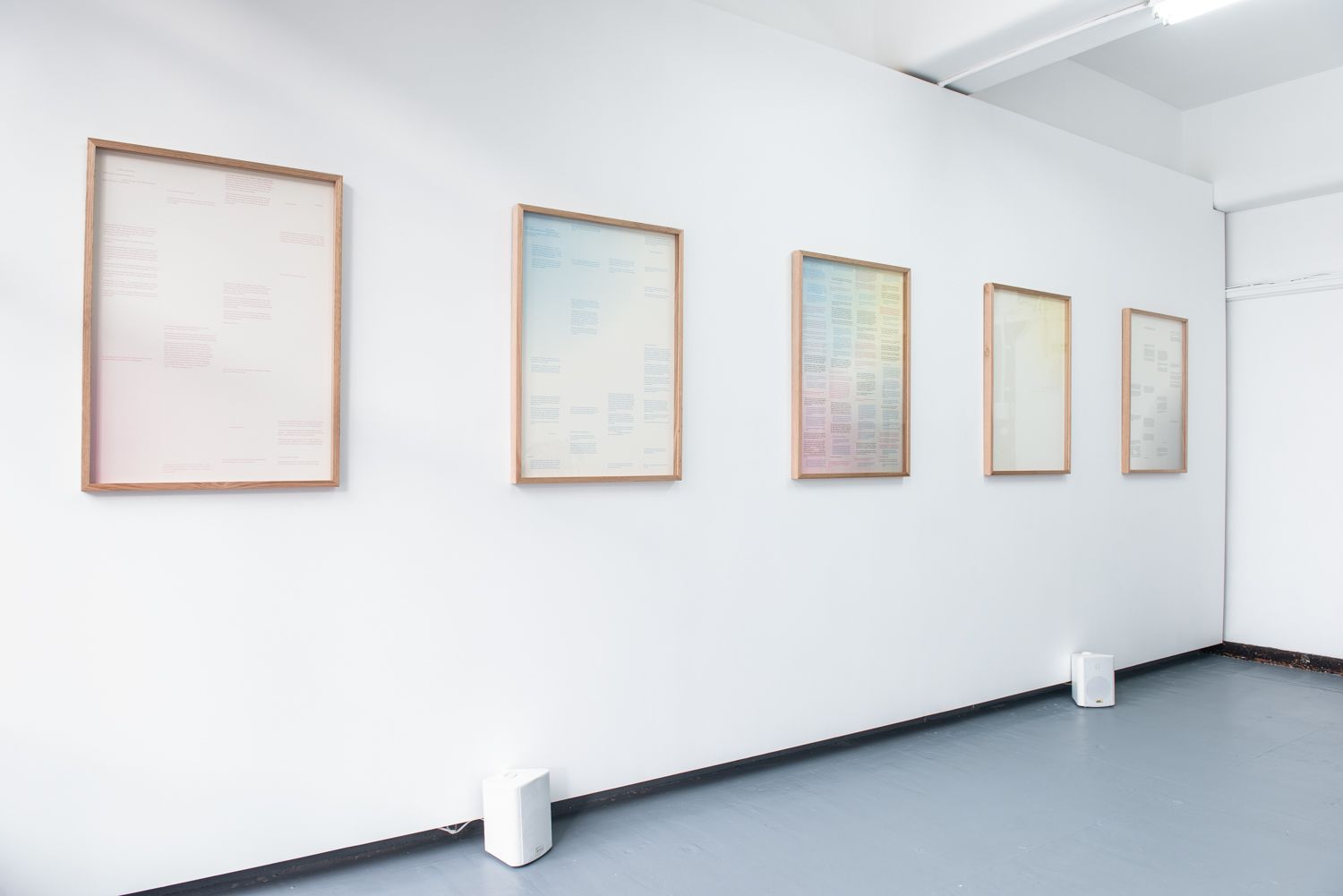

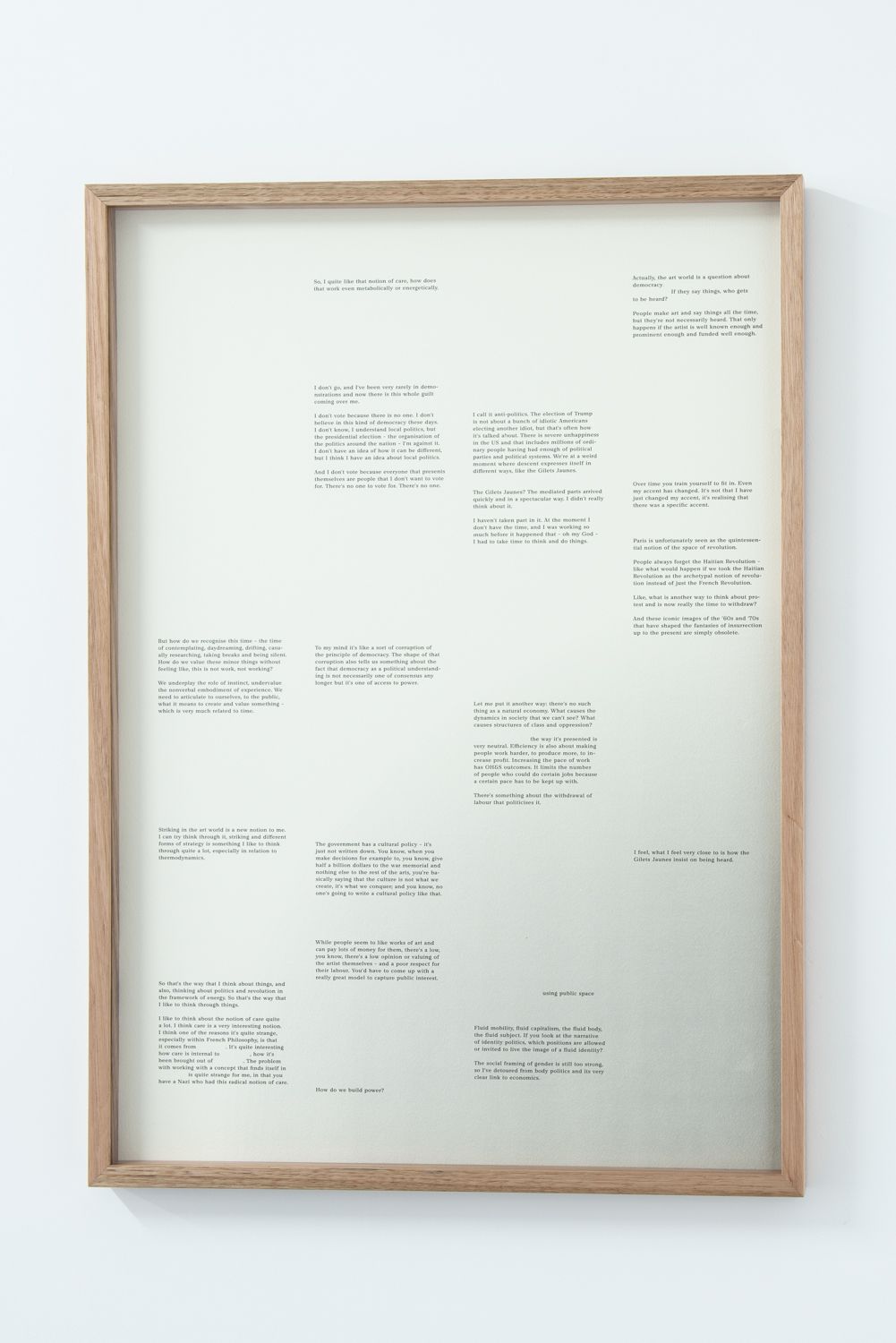





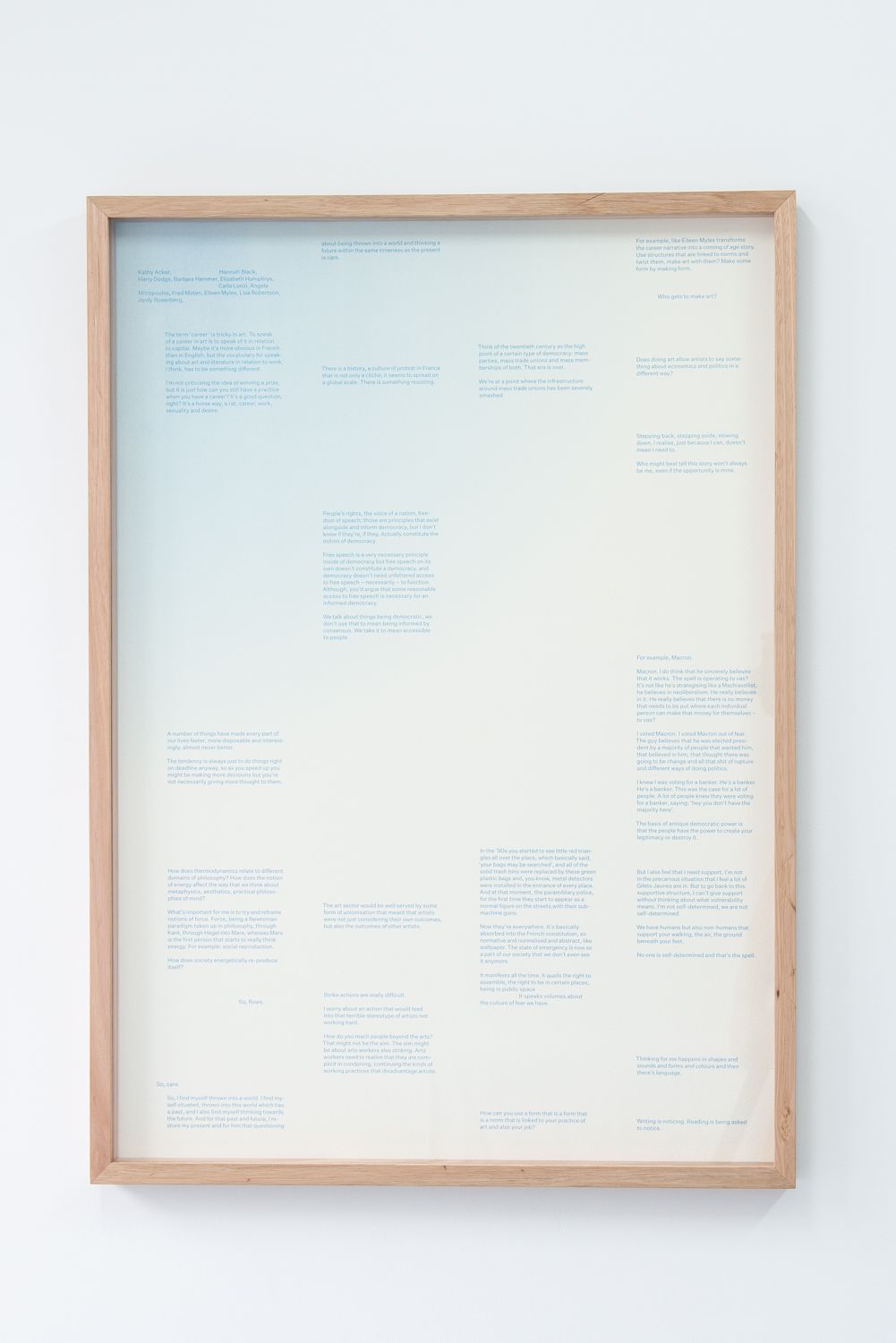

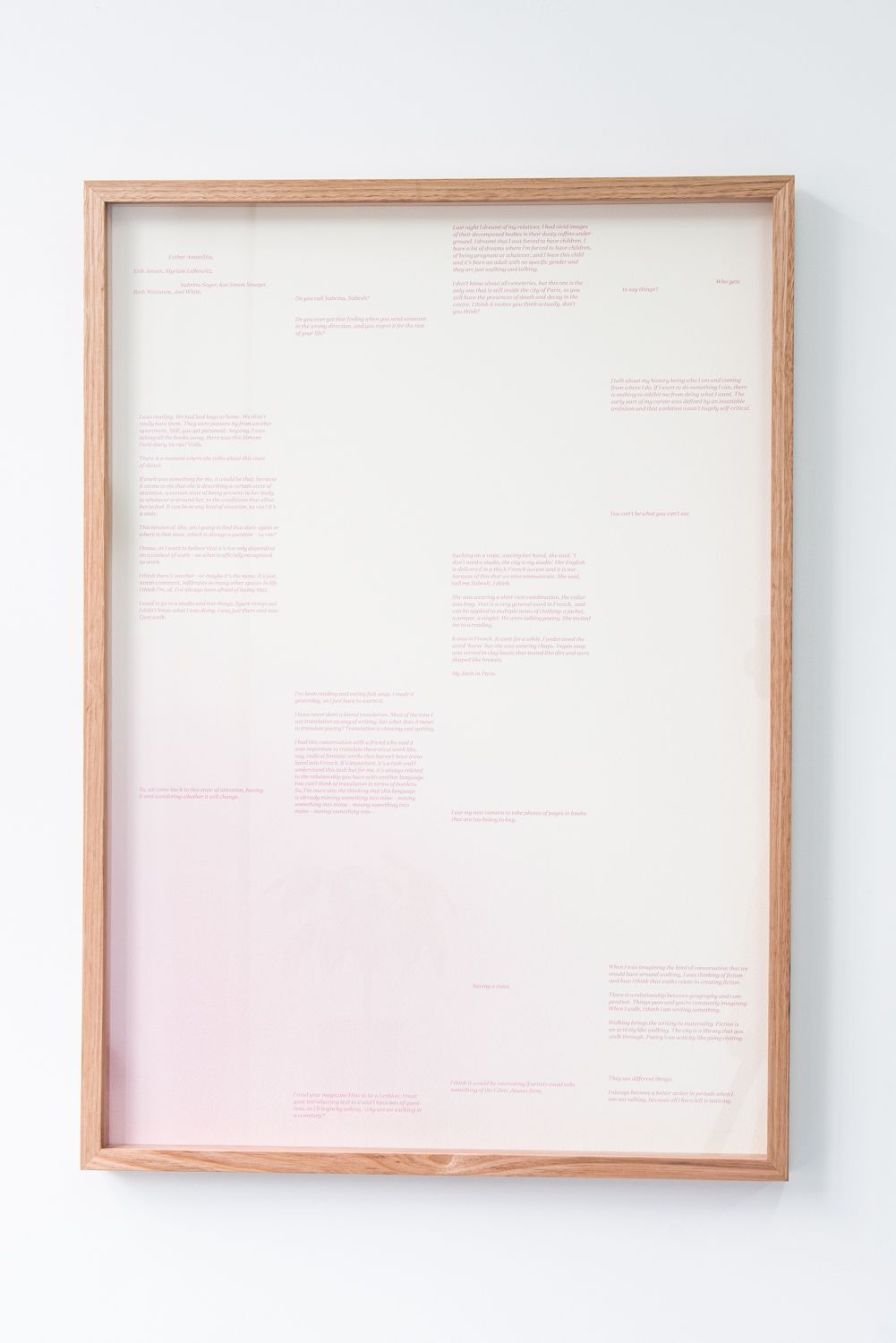

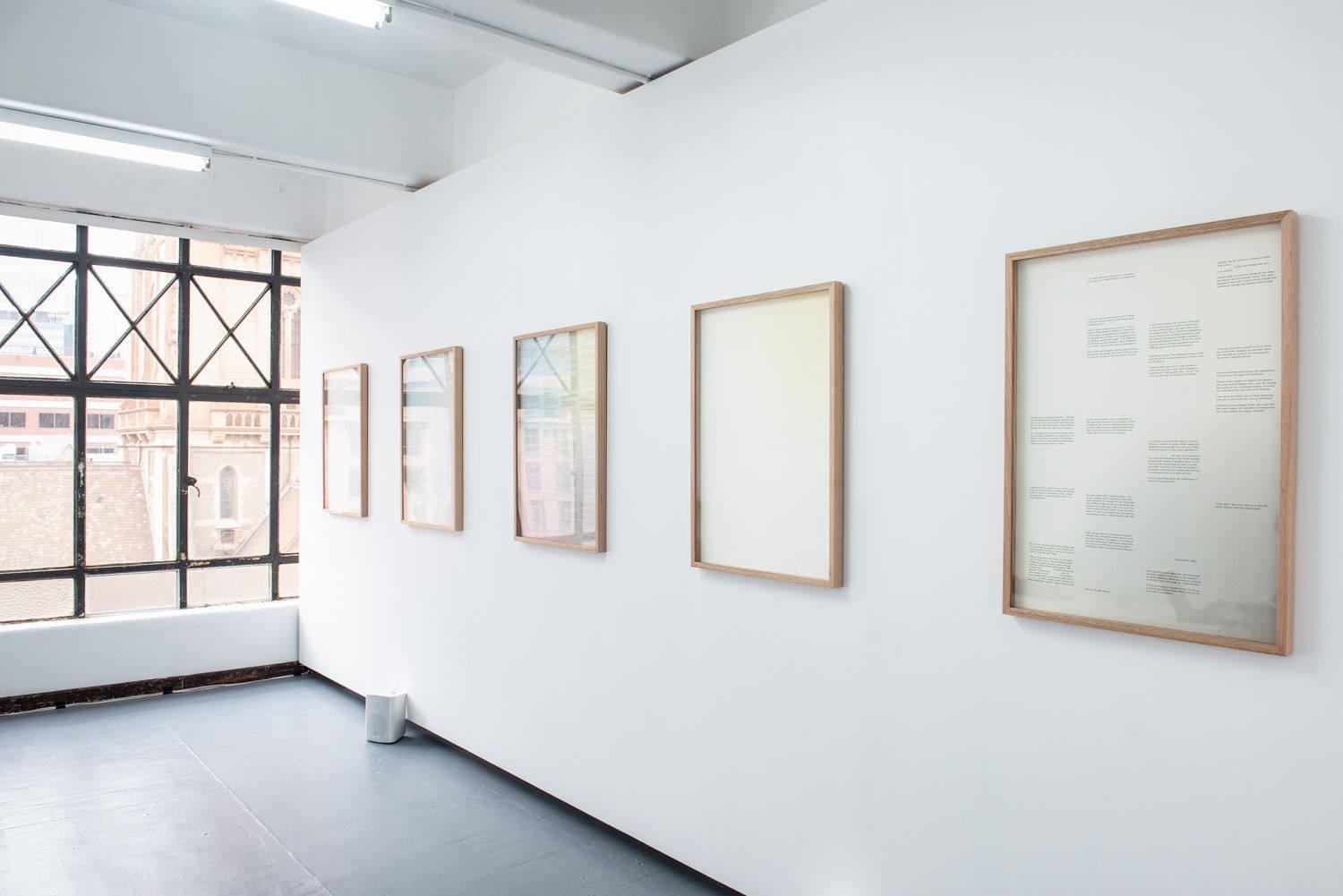

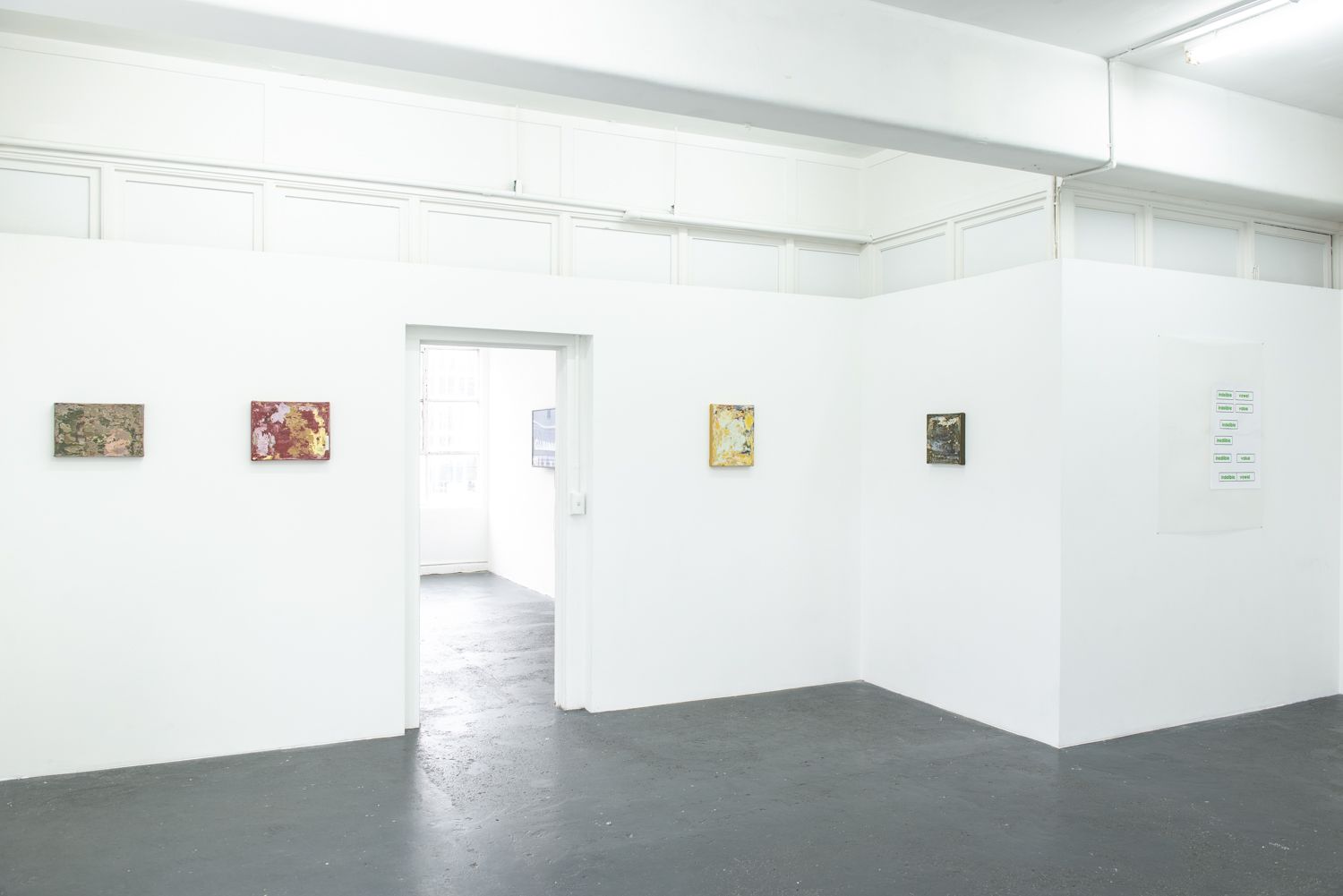

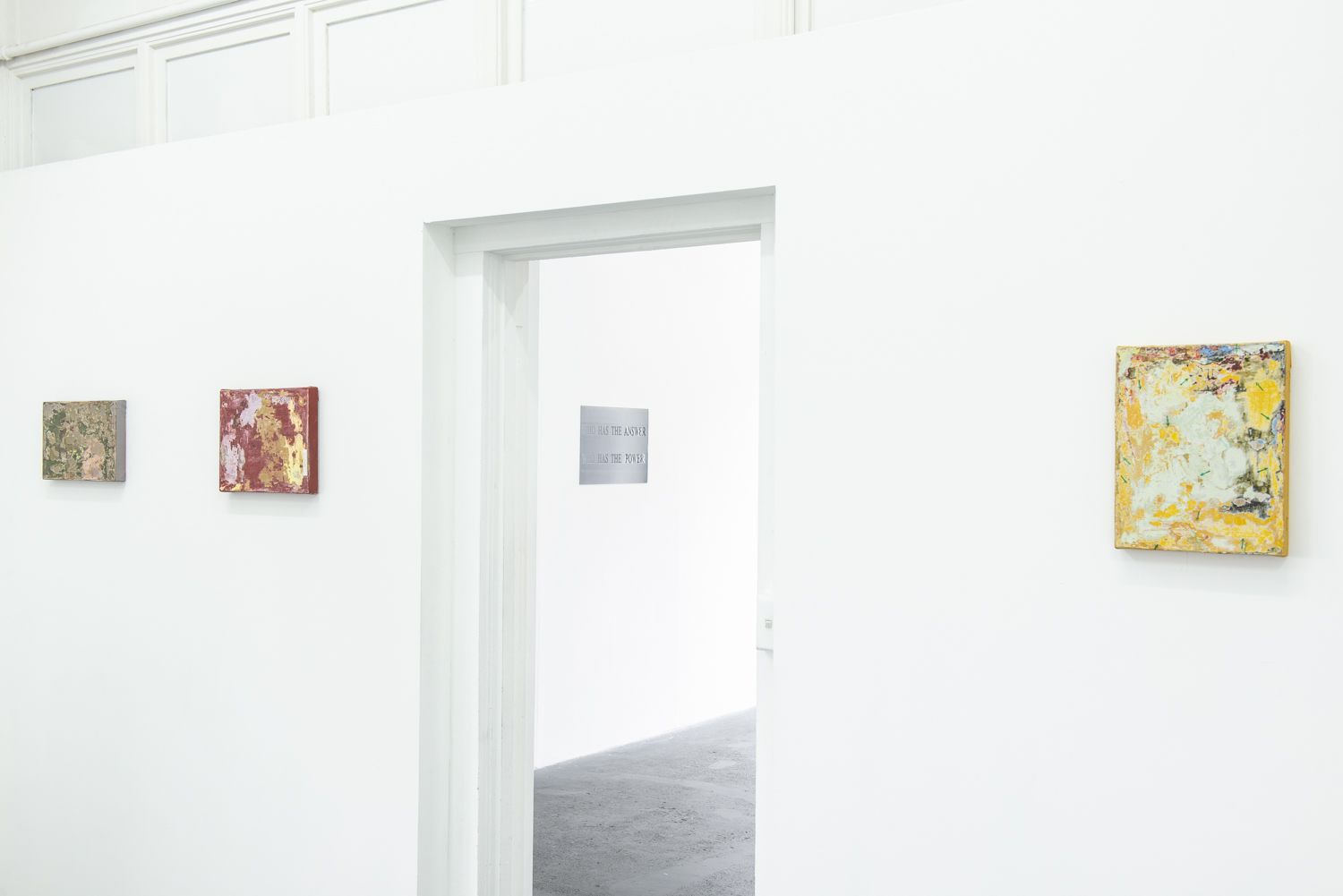



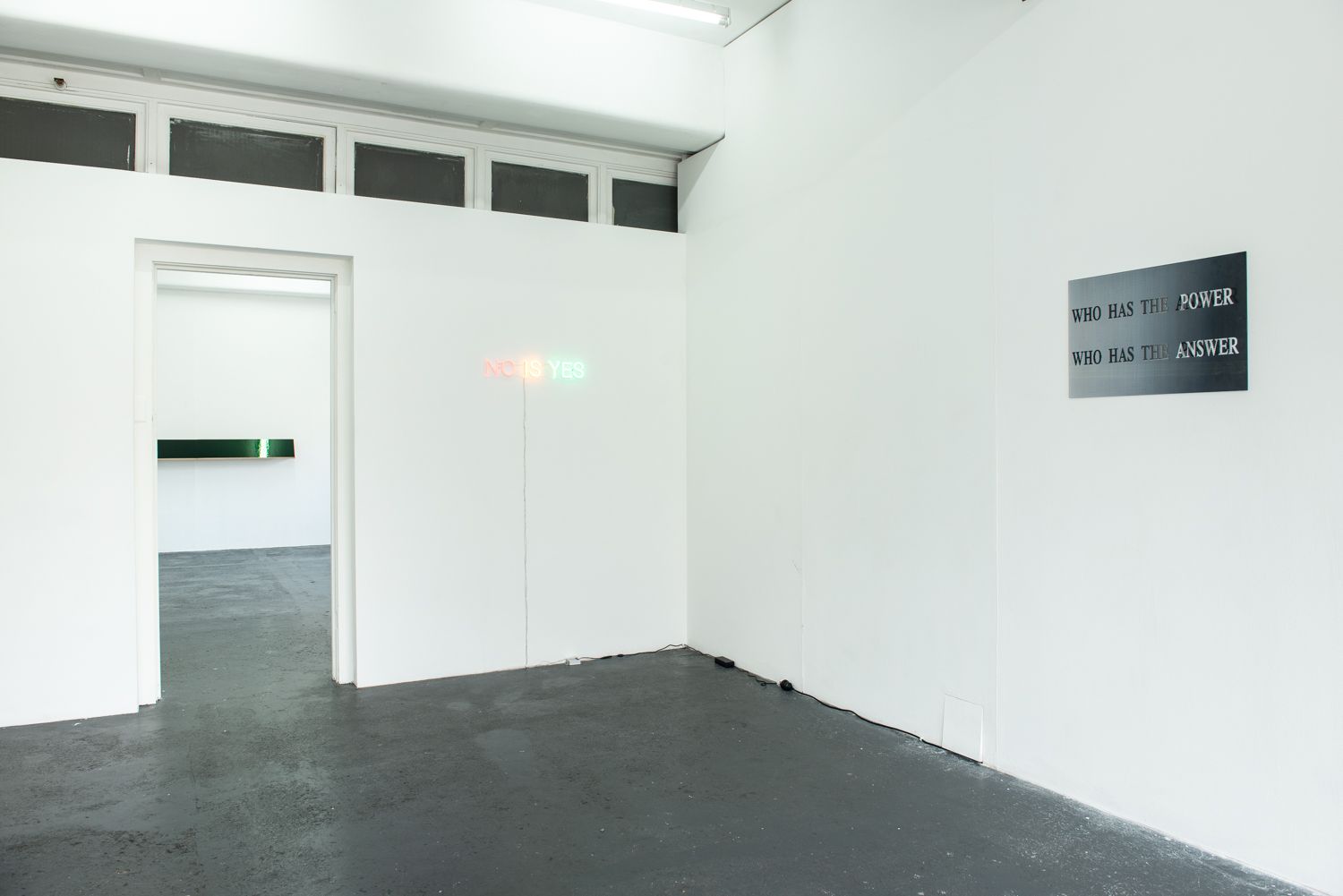

Person, woman, man, camera, TV brings together newly commissioned work by six emerging and established artists who investigate the politics of speaking, representations of power, displaying performative authoritarian identities and ultimately ask how the boundaries blur between ‘fiction’ and ‘reality’ within our current political and media landscapes.
This exhibition is held at Blindside and 99% gallery, both housed on Level 7 in the Nicholas Building.
Supported by Curatorial Practice at Monash University.

This program takes place on the land of the Wurundjeri people of the Kulin Nation. We recognise that sovereignty was never ceded - this land is stolen land. We pay respects to Wurundjeri Elders, past, present and emerging, to the Elders from other communities and to any other Aboriginal or Torres Strait Islanders who might encounter or participate in the program.
Brian Fuata is a Samoan writer and performance maker born in Wellington, New Zealand and works and is based on Yagara Country (Ipswich, Queensland). He works in the improvisation of live performance, mediated and recorded performance, writing and objects. He employs the image of the ghost as an exploitative strategy to produce and order content. Fuata uses multiple registers of performance, persona and public speaking to produce from a given institutional context of site, body and presence a dumb zone of dramatic affects. Alongside his solo practice, he is part of the duo Wrong Solo with Agatha Gothe-Snape.
Bryan Foong (he/him) is an artist of Chinese-Malaysian heritage living and working on unceded Ngunnawal and Ngambri Country. His queer practice brings together painting and writing as installations to examine body, biology and desire. Foong’s interest lies in situations where these subjects come into conflict with the processes of territorialisation and colonisation within contemporary biopolitics. In his installations, auto-fictional narratives – lifting tropes from science, psychoanalysis and other textual-mythic-cultural encounters – serve as allegories informing haptically sensitive paintings, potentially materialising an affectively heightened and spatialised account of the body turning against its somatic governance.
Alex Hobba (she/her) is an artist living and working in Naarm/Melbourne. Hobba’s interdisciplinary practice brings together the written word, photography, 3d rendered inkjet prints, video and installation. Her projects dissect and interrogate quotidian experience and the ways that language operates in everyday use as representation, categorisation, and communication. Drawing on stories from a range of performative modes, including cinema, theatre and literature, Hobba’s practice tests notions of affect and flatness as they apply to the performative experience of language and narrative.
Rosie Isaac is an artist, writer and teacher living in Naarm. The act of reading – silently, aloud, to someone or together – comes up again and again in her performances, sculptures, and texts.
Chunxiao Qu is a multi-genre artist who does not have the artist statement.
Sarah Rodigari is an artist whose practice addresses the social and political potential of art. Their work is site responsive, employing, durational live action, improvisation, and dialogical methodologies to produce text-based performance and installations. Rodigari has worked with and within various contexts and institutions. These include the Museum of Contemporary Art (Sydney), the 20th Biennale of Sydney, MUMA, Melbourne International Arts Festival, ACCA, The Poetry Project (NYC) Cemeti Arts House (Indonesia), PACT Zollverein (Germany) and SOMA (Mexico City). She holds a PhD in Creative Arts from the University of Wollongong and is member of the collective Field Theory.
Chelsea Hopper is a curator, editor and writer who runs 99%, a contemporary art gallery housed in the Nicholas Building. She is a PhD candidate and teacher at Monash University in art history and curatorial practice. She is also an editor of Memo Review, a weekly online art criticism publication and Index Journal, a peer-reviewed art history journal.
































